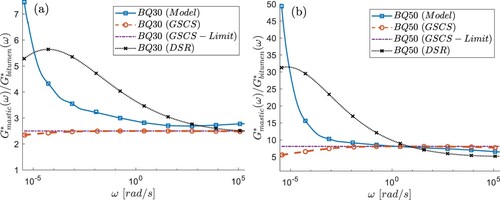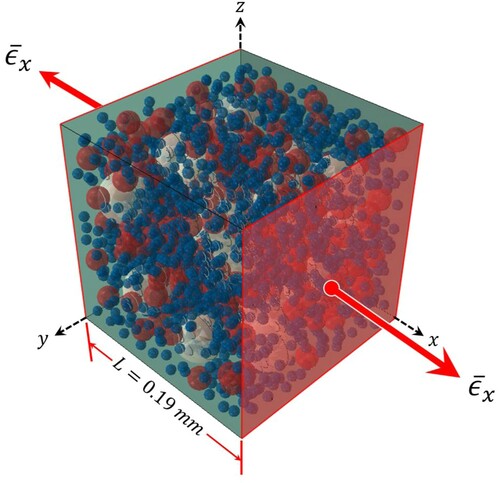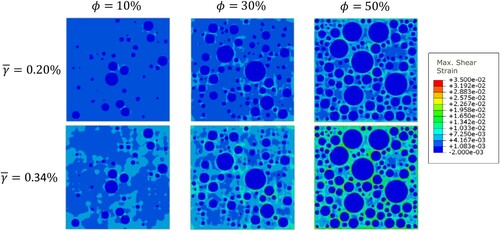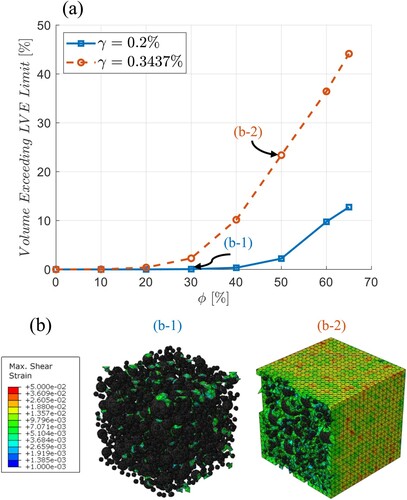Figures & data
Figure 2. The response surface for the calculated complex modulus as a function of radial frequency and volume fraction.
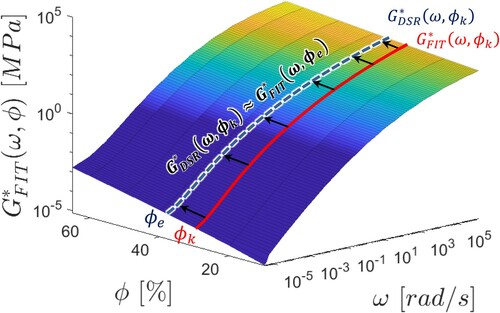
Figure 3. Master curves built for bitumen and mastics showing the complex modulus and the phase angle at a reference temperature .
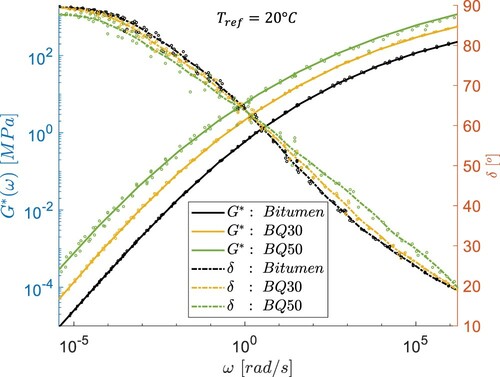
Table 1. Williams–Landel–Ferry constants.
Figure 4. The size distribution of the quartz filler as well as the simplified size distributions used in the model, denotes the particle diameter.
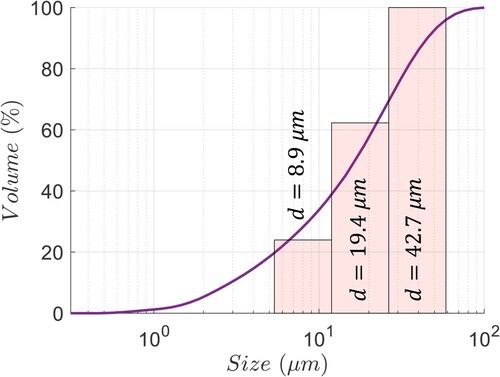
Figure 5. The calibrated model compared to model before calibration and the experimental values for (a) ϕ = 30%, (b) ϕ = 50%, at reference temperature
.
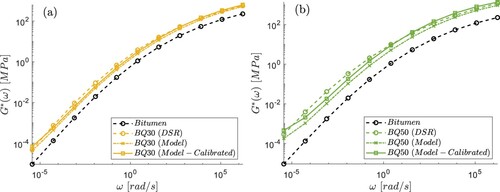
Figure 6. for the bitumen and calculated
for the mastics obtained from FE simulations at a reference temperature
.
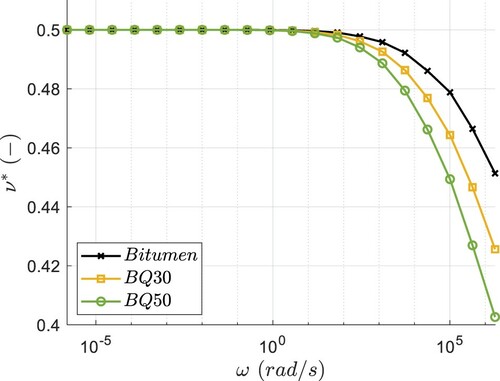
Figure 7. Equality plots for the measured DSR results as compared to the calibrated modelling results for (a) BQ30 and (b) BQ50.
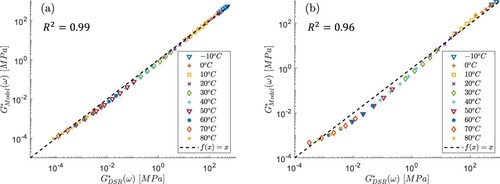
Figure 8. Comparison of the stiffness ratio obtained using the developed model, the generalised self-consistent scheme (GSCS), and the GSCS with limit values for (a) ϕ = 30%, (b) ϕ = 50%, at a reference temperature.
